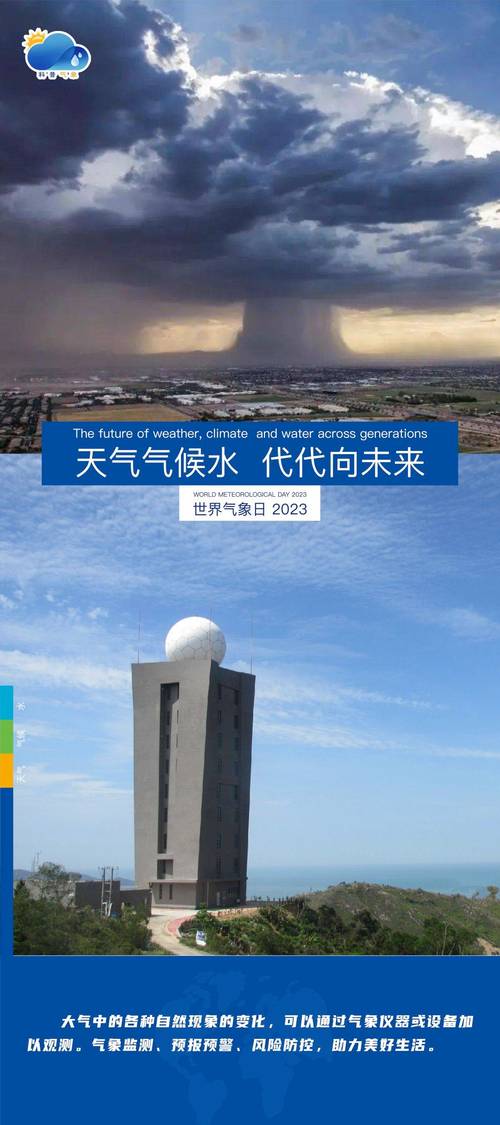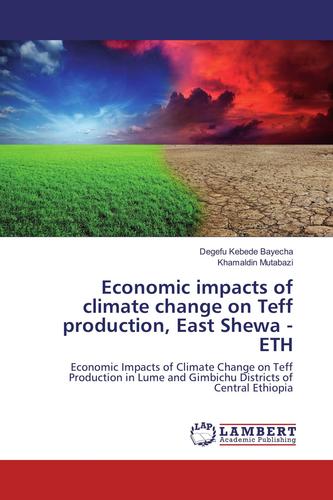
Analysis of Climate and Weather Data: A Detailed Multidimensional Introduction
Understanding climate and weather patterns is crucial for various applications, from agriculture to urban planning. By analyzing climate and weather data, we can gain insights into the past, present, and future conditions of our planet. This article will delve into the intricacies of climate and weather data analysis, exploring different dimensions and methodologies.
Historical Climate Data
Historical climate data provides a foundation for understanding long-term trends and changes in weather patterns. This data is typically collected from various sources, including weather stations, satellites, and ocean buoys. One of the primary sources of historical climate data is the National Centers for Environmental Information (NCEI), which maintains a vast repository of climate records.

Historical climate data analysis involves examining temperature, precipitation, wind patterns, and other meteorological variables over extended periods. This analysis helps identify climate trends, such as warming temperatures, changing precipitation patterns, and extreme weather events. For instance, the NCEI’s Global Historical Climatology Network (GHCN) dataset contains temperature records from over 10,000 weather stations worldwide, providing a comprehensive view of global climate trends.
Weather Data Collection and Analysis
Weather data is collected in real-time from various sources, including weather stations, radar systems, and satellite imagery. This data is crucial for short-term weather forecasting and understanding current weather conditions. The analysis of weather data involves examining various meteorological variables, such as temperature, humidity, wind speed, and precipitation.
One of the key tools used in weather data analysis is the Numerical Weather Prediction (NWP) models. These models use mathematical equations to simulate the behavior of the atmosphere and predict future weather conditions. NWP models are based on historical weather data and incorporate various physical and chemical processes that occur in the atmosphere. By analyzing the output of these models, meteorologists can provide accurate short-term weather forecasts.
Climate Models and Projections
Climate models are complex computer simulations that attempt to replicate the Earth’s climate system. These models use historical climate data and physical laws to predict future climate conditions. Climate models are essential for understanding the potential impacts of climate change and developing strategies to mitigate its effects.

One of the most widely used climate models is the Intergovernmental Panel on Climate Change (IPCC) model. The IPCC model incorporates data from various sources, including historical climate records, oceanic and atmospheric observations, and geological records. By analyzing the output of these models, scientists can project future climate conditions, such as temperature increases, sea-level rise, and changes in precipitation patterns.
Applications of Climate and Weather Data Analysis
Climate and weather data analysis has numerous applications across various fields. Here are some of the key areas where this analysis plays a crucial role:
-
Agriculture: Climate and weather data help farmers make informed decisions about planting, irrigation, and crop management. By understanding weather patterns, farmers can optimize their agricultural practices and increase crop yields.
-
Urban Planning: Climate and weather data are essential for designing sustainable cities that can withstand extreme weather events. This data helps urban planners make informed decisions about infrastructure development, land use, and disaster preparedness.
-
Energy Sector: Climate and weather data are crucial for renewable energy projects, such as wind and solar power. By analyzing weather patterns, energy companies can optimize the placement and operation of renewable energy facilities.
-
Public Health: Climate and weather data help public health officials monitor and predict the spread of infectious diseases. By understanding weather patterns, public health agencies can implement effective disease control measures.
Conclusion
Climate and weather data analysis is a complex and multifaceted field that plays a crucial role in various applications. By examining historical climate data, real-time weather data, and climate models, we can gain valuable insights into the Earth’s climate system and its future conditions. As climate change continues to pose significant challenges, the importance of climate and weather data analysis will only grow.
| Historical Climate Data | Weather Data Collection and Analysis | Climate Models and Projections |
|---|---|---|
| Temperature, precipitation, wind patterns | Temperature, humidity, wind speed, precipitation | Temperature increases, sea-level rise, changes in precipitation patterns |





